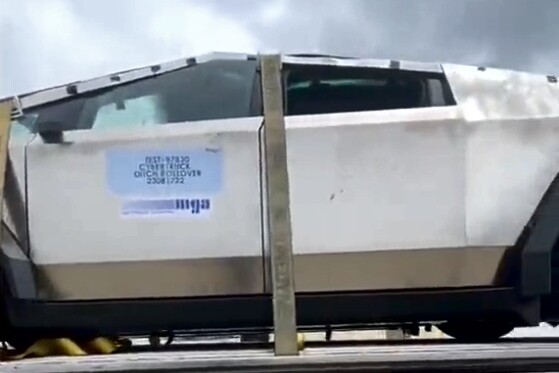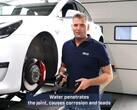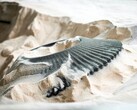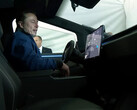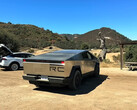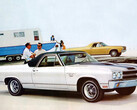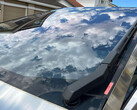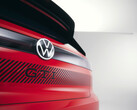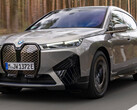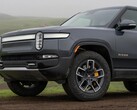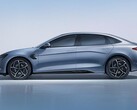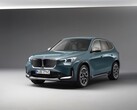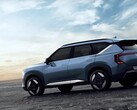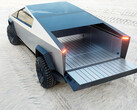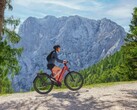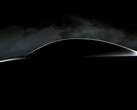Tesla Cybertruck crash test aftermath reignites safety questions due to failed suspension and minimal body damage after rollover test
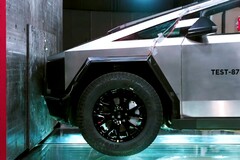
One big question that has repeatedly popped up surrounding the Cybertruck was if and how the stainless steel body of the vehicle would crumple to absorb energy in the event of a collision. Footage recently posted to X (fka Twitter) alleges to show at least two Cybertruck units on the back of a semi truck after going through crash testing.
In the video in question, one of two Cybertrucks is under a fabric cover, while the other bares all, including a door sticker that indicates it was the victim of a Ditch Rollover Test as well as significant damage from the incident. A closer look at the body damage reveals panels that are clearly deformed, although they are not so badly to indicate they've done any crumpling to absorb impact.
Crumple zones are essential automotive design features that allow the car's body and chassis to deform and absorb some of the force of the collision. If a body panel or chassis doesn't absorb the impact of a collision, the forces transferred to vehicle occupants is far higher and much more likely to cause injury.
In the case of rollover incidents, however, cabin intrusion — or the cabin giving way and crumpling under the vehicle's weight — poses significant risk to passengers and drivers. In this regard, the Cybertruck seems to perform well, holding its shape in spite of its immense weight.
We have yet to see results of a Cybertruck full frontal, front three-quarters, or side-impact test, which would reveal just how safe the Cybertruck is. What appears to be peeling body panels in the covered Cybertruck in this latest footage may indicate that this testing is underway.
What has been of concern for safety-orientated analysts and observers, though, is the rigidity of the Cybertruck's body panels combined with its weight. Tesla vehicles always score incredibly high points in crash safety tests, so it wouldn't be surprising to find out that the Cybertruck has been delayed so many times in order to meet a minimal safety threshold.
The footage shared on X also seems to show that either the Cybertruck's suspension or chassis failed during the crash test, meaning there were substantial forces at play, despite the minimal body damage sustained during the test. This again points to a very rigid body, which may cause issues for Tesla's steller crash safety record.
Buy a Hot Wheels RC 1:64 Scale Tesla Cybertruck Rechargeable Radio-Controlled Racing Car on Amazon.
Cybertruck post crash test pic.twitter.com/cUi1Cg0cJ7
— Whole Mars Catalog (@WholeMarsBlog) September 8, 2023




